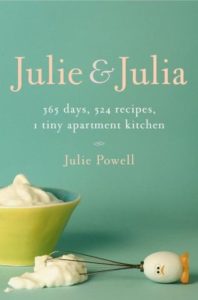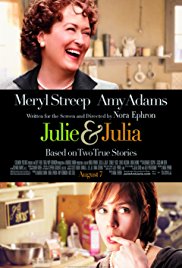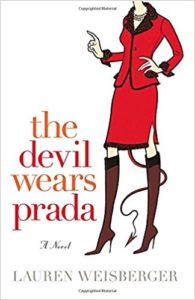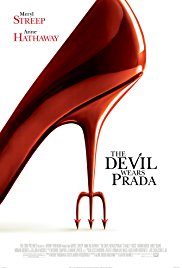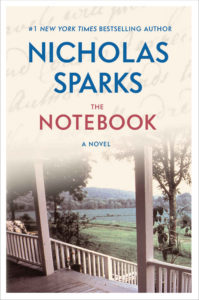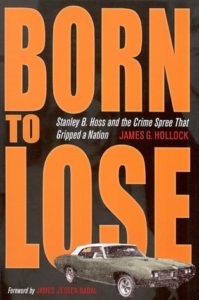 Stanley B. Hoss doesn’t have the same name recognition as, say, Ted Bundy, and unlike The Stranger Beside Me, you’ve probably never heard of Born to Lose: Stanley B. Hoss and the Crime Spree That Gripped a Nation. But if you’re a fan of true crime, historical nonfiction, edge-of-your-seat thrillers, or all of the above, then it should be next on your to-read list.
Stanley B. Hoss doesn’t have the same name recognition as, say, Ted Bundy, and unlike The Stranger Beside Me, you’ve probably never heard of Born to Lose: Stanley B. Hoss and the Crime Spree That Gripped a Nation. But if you’re a fan of true crime, historical nonfiction, edge-of-your-seat thrillers, or all of the above, then it should be next on your to-read list.
Hoss, a burglar and thief from Pittsburgh, Pennsylvania, graduated to the national stage when he landed himself on the FBI’s Ten Most Wanted list in the fall of 1969. His crimes—including rape, murder, kidnapping, and breaking out of prison—eventually earned him a life sentence. Four years into that sentence, with the help of two other inmates, Hoss murdered a correctional officer at Western Penitentiary and as a result, was sent to an isolation facility in Philadelphia, where he hanged himself another five years later, in 1978.
Despite the nationwide manhunt, Hoss’s story is very much a small-town one, as much a product of the local social and political climates as his own violent crimes. What makes Born to Lose so fascinating is the way in which completely external factors and seemingly inconsequential details determined the progress of Hoss’s crimes and the outcomes of his arrests, trials, and detainment. The author, James G. Hollock, a Pittsburgher himself, streamlines Hoss’s chaotic, near-senseless actions into a specific—albeit dizzying—timeline, pieced together from previously sealed state and federal documents, police transcripts, court proceedings, and first-hand accounts. Judges, police officers, prison guards, inmates, Hoss’s wife, his mistress—all on-record for the first time, drawing an intimate, chilling portrait of the evil behind the man.
Worried I’ve given too much away? You shouldn’t be. Born to Lose is filled with the kind of insane circumstances and unbelievable coincidences (Edgar Snyder, the Edgar Snyder was Hoss’s public defender) that make reality so much stranger than fiction.
Check it out now.


